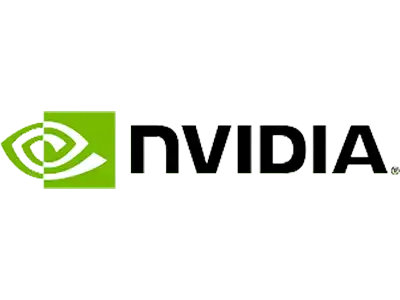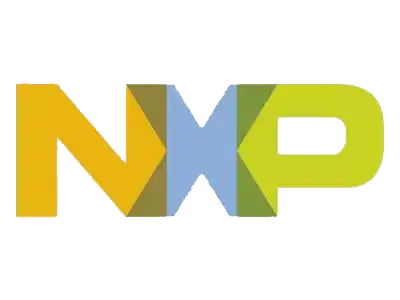Blogs - Embedded Software
Dive into Smart World with i.MX9 Processor
To achieve the goal of 50 billion connected devices by 2025, we need a strong infrastructure with the right balance of technologies to provide a distinctive and productive experience for customers. The end user could be an individual or a system, such as a smart home management system that improves the security, energy efficiency, and productivity of an entire system.
Understanding Alexa Skills and its Integration with Home Appliances
In recent times, millions of devices are now Alexa enabled, and many embedded devices are
Trends in WiFi Standards and Wireless Technology
WiFi Standards The first WiFi standard was defined in 1997 and is obsolete. There will
Understanding the Dolby Digital Decoder (AC3) Technology
The Audio Encoders and Decoders are basically compression algorithms for multichannel audio, meant for storing/streaming music and the audio part of movies, with lesser storage place/bandwidth than the original content. Dolby Digital Decoder is one such algorithm developed by Dolby Digital Laboratories. The Encoders are almost, always used at the recording end in the studios, where the sound/music is created, to encode/compress the sound. The Decoders are generally present at the infotainment end, like home theater systems and car infotainment systems. The article here, describes the basic building blocks of the Dolby Digital (AC3) Decoder algorithm.
Real-Time Advanced Debugging using Code Composer Studio
Texas Instrument processors are used across the globe. Equally active are its debuggers. Therefore, using Code Composer Studio and implementing a suitable debugging technique might help you save your debugging time.
FreeRTOS Insights and Understanding the Ecosystem
What is RTOS A Real-Time Operating System (RTOS) responds to inputs immediately, in real-time. It
Building Intelligent Audio Systems- Audio Feature Extraction using Machine Learning
Given the recent trends in machine learning and deep learning, we have tried to give a high-level overview of how digital signal processing, machine learning, and deep learning algorithms can go hand-in-hand to categorize or draw inferences from audio signals. Audio-specific neural network models can also be built using signal processing, machine learning, and deep learning (neural networks) algorithms. In this blog will see how to build Intelligent Audio Systems, Audio Feature Extraction using Machine Learning.
Things you need to know before migrating Windows CE applications to Windows 10 IoT
In the last few years, the embedded systems we use have undergone a massive transformation
High-Speed PCB Design- Layer Stack-Up, Material Selection, and Via Types
This blog describes practical guidelines for High-Speed embedded hardware designers to enhance technical skills further





